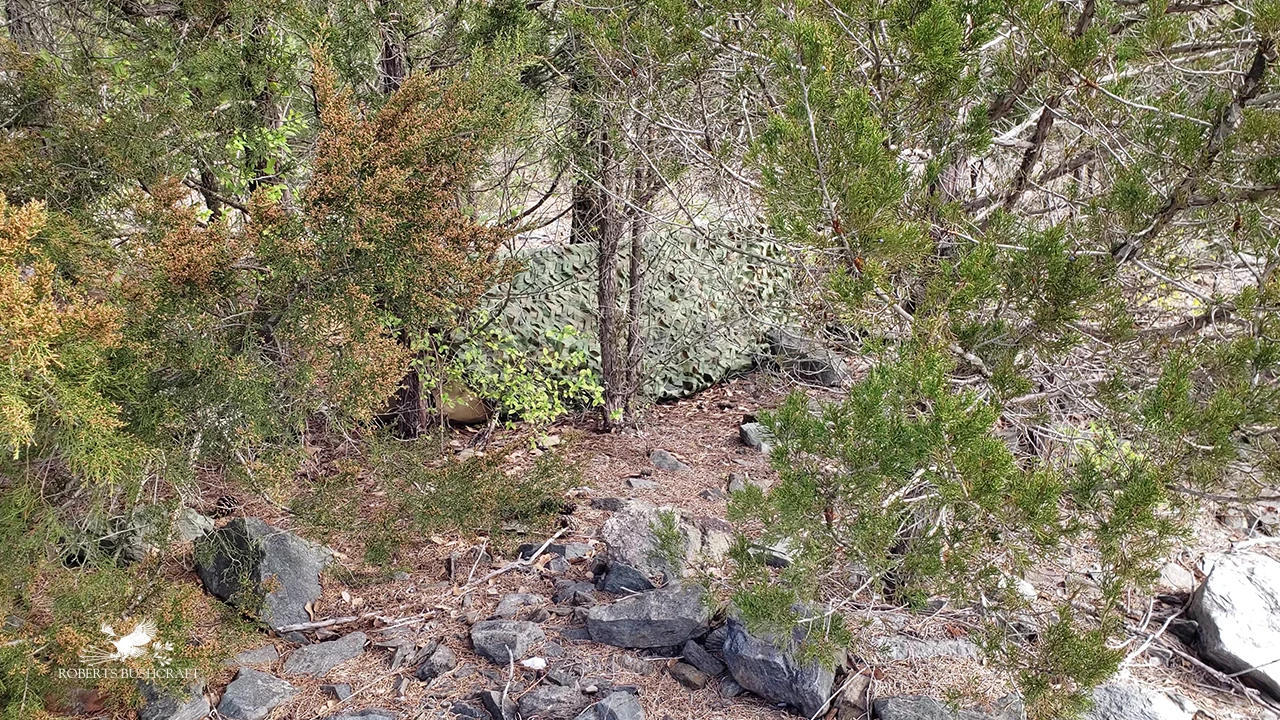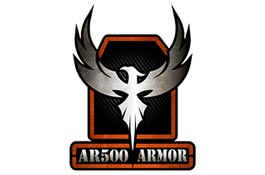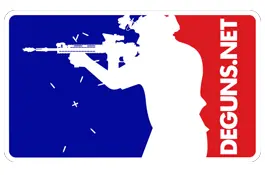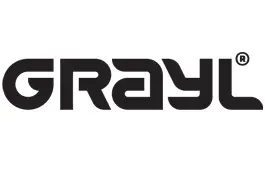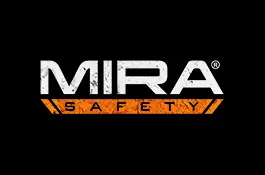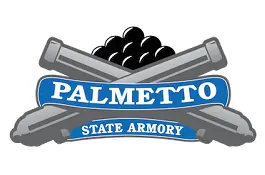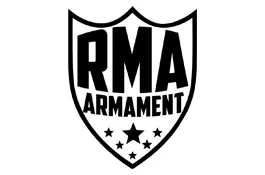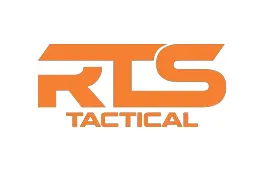Camo netting has been a staple in military, hunting, and outdoor applications for decades — but just how effective is it? The answer depends on your environment, the type of netting, and how you use it.
What Is Camo Netting?
Camo netting is a mesh or fabric material designed to break up outlines, reduce glare, and help objects blend into their surroundings. It’s available in different patterns, colors, and thicknesses, each tailored for specific terrain such as woodland, desert, or snow-covered areas.
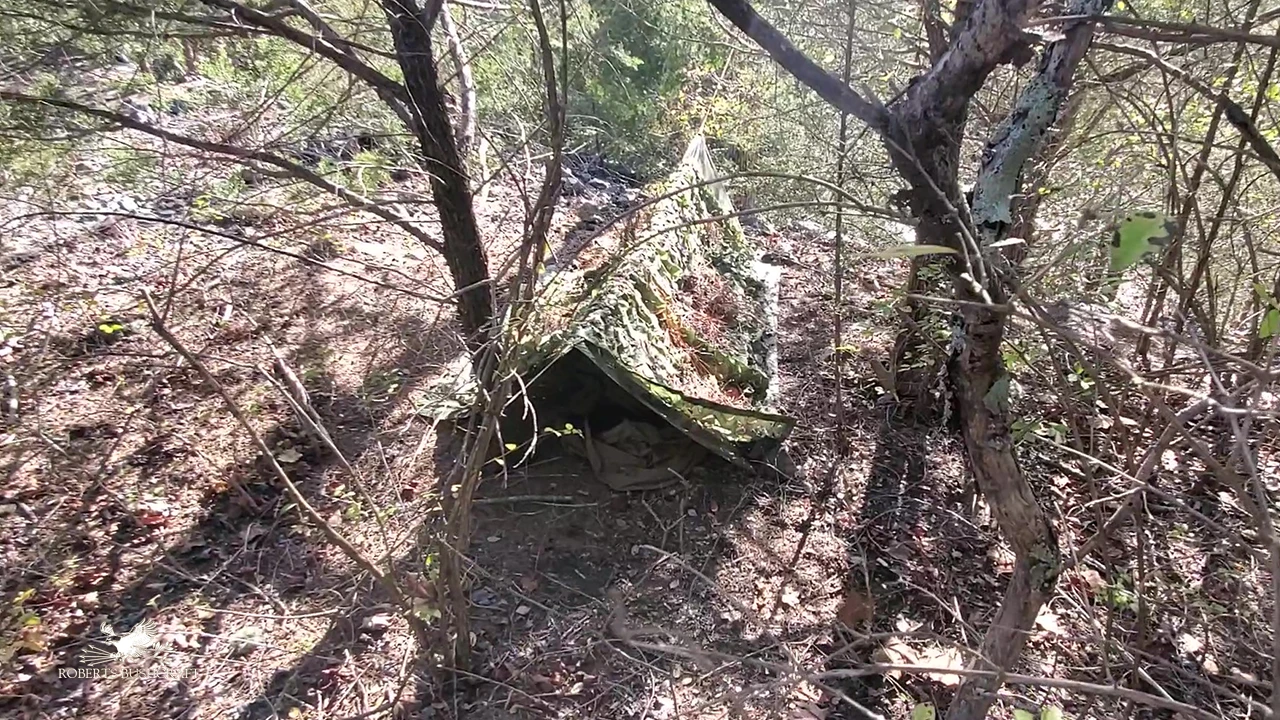
How Camo Netting Works
- Visual Disruption: The irregular shapes and patterns prevent the human eye from easily recognizing straight lines or uniform shapes, such as a tent or vehicle.
- Light Diffusion: Many nettings reduce shine and reflection, which is especially useful against optics, cameras, and drones.
- Shadow Management: Properly positioned netting can break up hard shadows that would otherwise give away your position.
Real-World Effectiveness
When used correctly, camo netting can significantly reduce visibility from both the ground and the air. In military training and field tests, netting combined with natural vegetation can make equipment nearly invisible from a distance. Hunters use it to conceal blinds and treestands, increasing their chances of staying undetected by game animals.
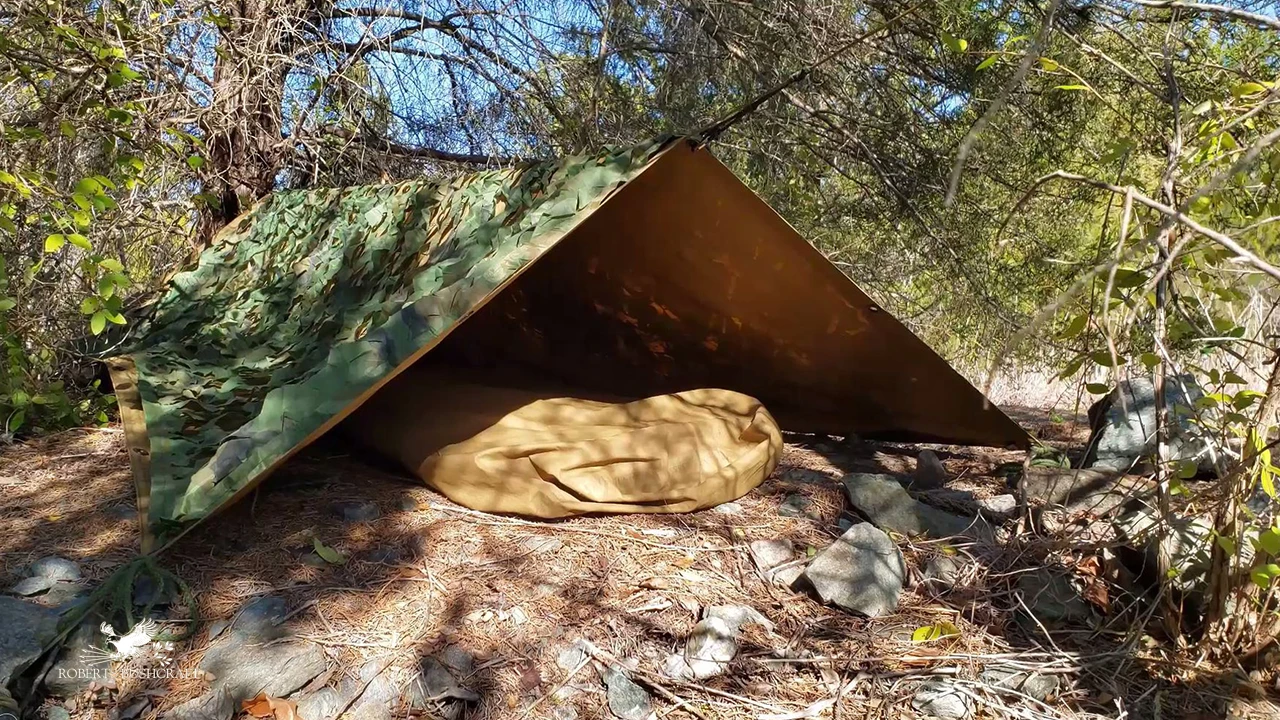
Thermal Concealment
Standard camo netting offers no protection against thermal imaging or infrared (IR) detection. Heat signatures from people, engines, or electronics will pass right through and remain visible to thermal scopes or cameras. For true IR concealment, you need specialized thermal or IR-suppressing netting that uses heat-diffusing coatings or metallic threads to reduce thermal contrast. Even then, these products won’t make you completely invisible, but they can significantly reduce detection range and make shapes harder to identify.
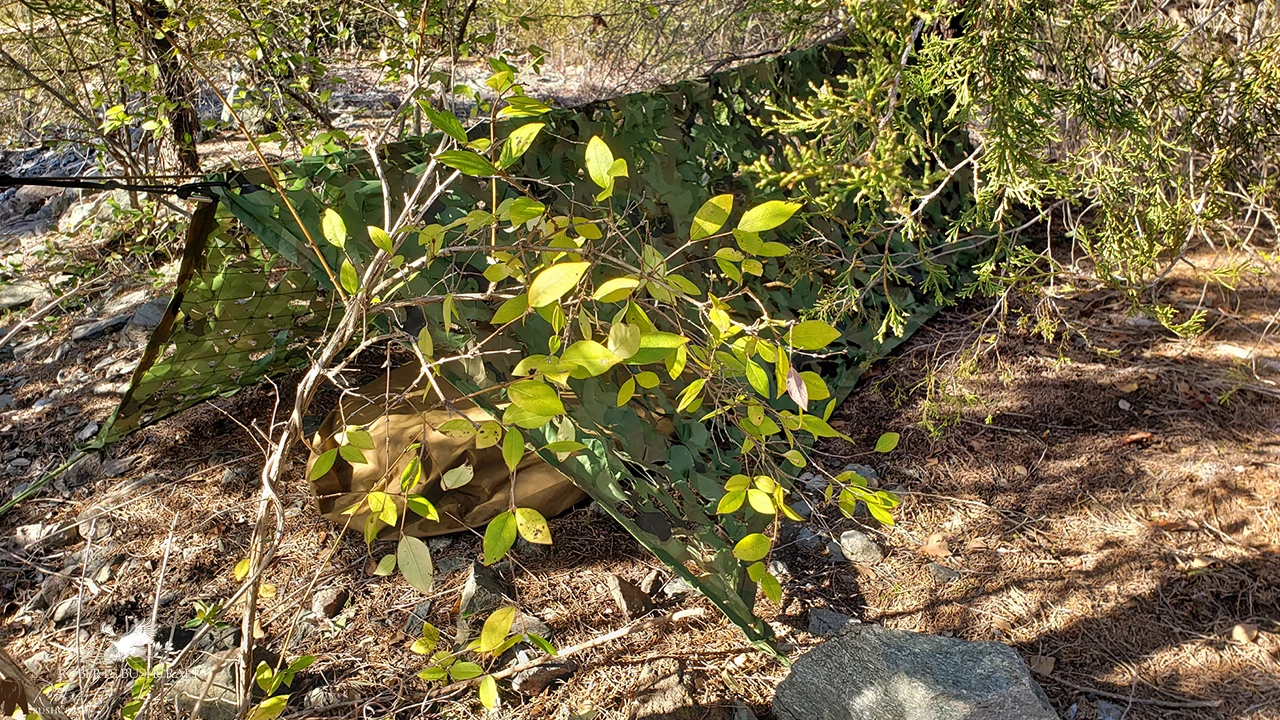
Effectiveness Against Night Vision
Night vision devices (NVDs) amplify ambient light — they rely on visible and near-infrared light, not heat. Standard camo netting can be effective against NVDs if it’s used to break up outlines and reduce contrast against the background. However, many synthetic fabrics can reflect infrared light from active IR illuminators, making them stand out under certain conditions. To counter this, some netting is treated with low-reflective IR coatings that help maintain concealment against both the naked eye and night vision gear.
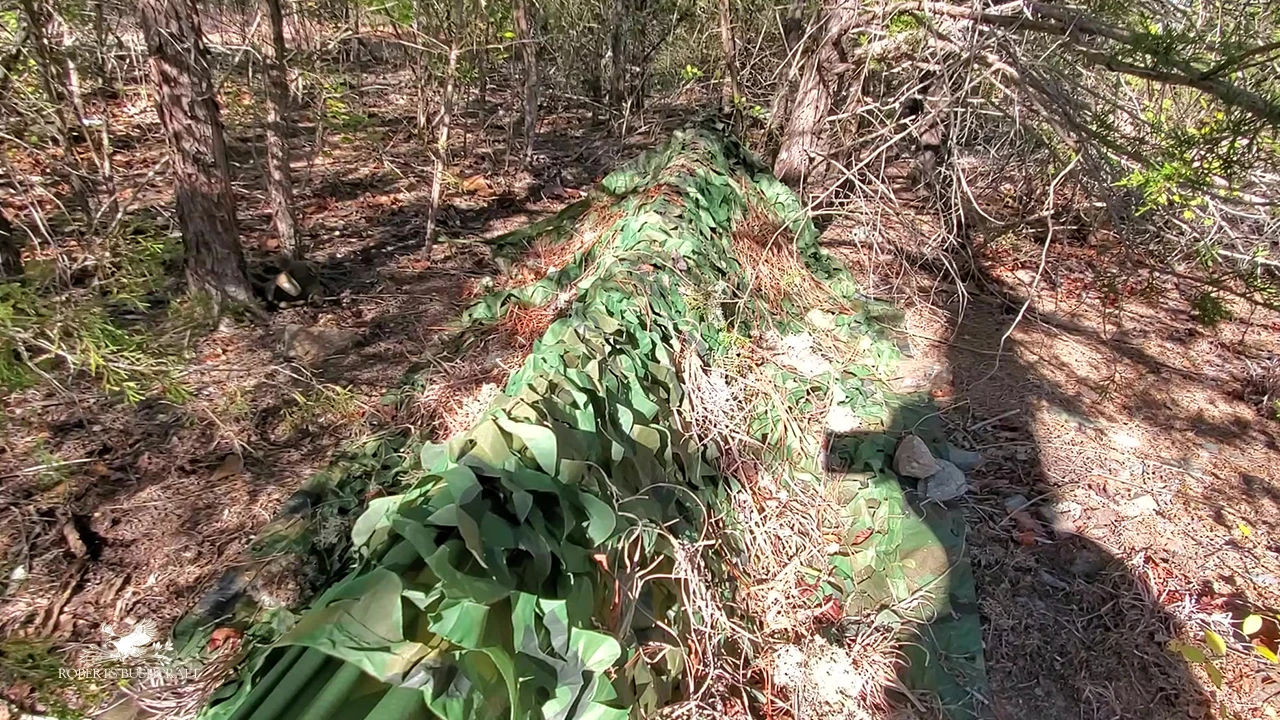
Tips for Maximum Concealment
- Match the Environment: Choose a camo pattern that closely matches your terrain’s dominant colors and textures.
- Break Up the Outline: Avoid draping netting flat; instead, hang it loosely and incorporate natural foliage.
- Cover All Angles: Remember that concealment must work from multiple viewpoints, including above.
- Consider Infrared (IR) Signature: If you expect surveillance from thermal or night vision devices, choose IR-suppressing netting for better protection.
Limitations to Be Aware Of
While camo netting is highly effective for visual concealment, it doesn’t block sound or scent. In hunting, wind direction and noise discipline are just as important. In tactical situations, thermal and radar detection may still reveal your position without specialized netting.
Bottom Line
Camo netting is a proven and cost-effective concealment tool, whether you’re setting up a hunting blind, covering gear, or adding stealth to a campsite. When paired with good fieldcraft and environmental awareness, it can make the difference between being seen and staying hidden.
Where to Buy Camo Netting
- Camo net at MidWay USA
- Camo netting at Cabelas
- Camo netting at Sportsman's Warehouse
- Camo net at Sportsman's Guide
- Camo net at Amazon
- Camo netting at LA Police Gear
Unlock adventure tips, exclusive gear insights, and special deals with the Roberts Bushcraft newsletter! Sign up now



































